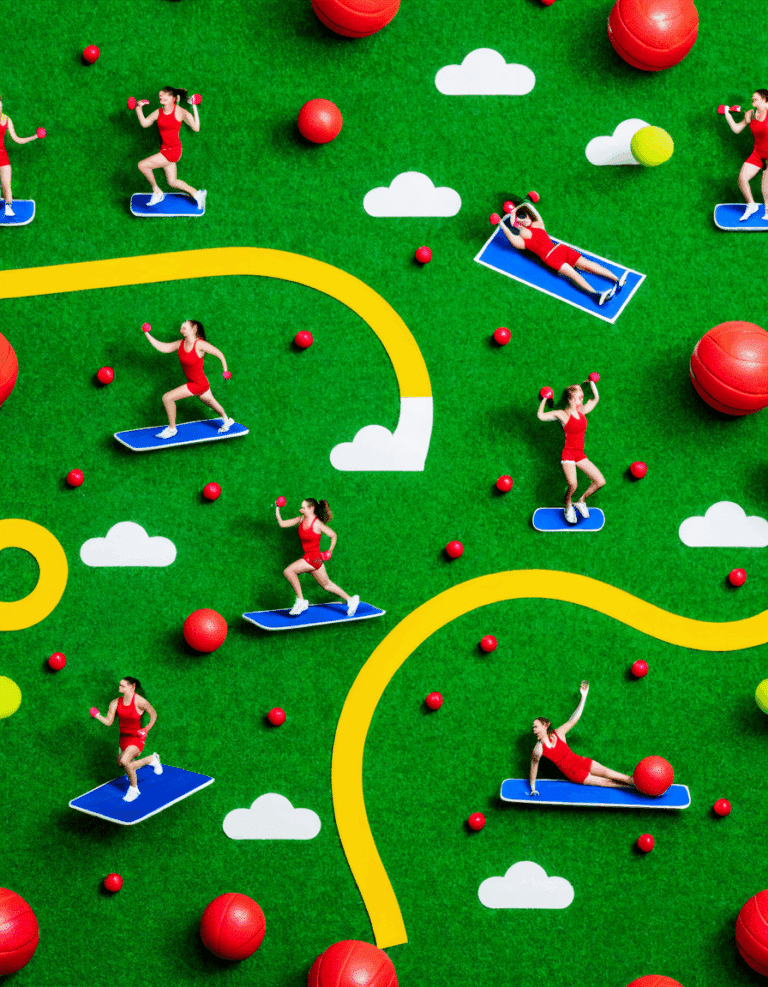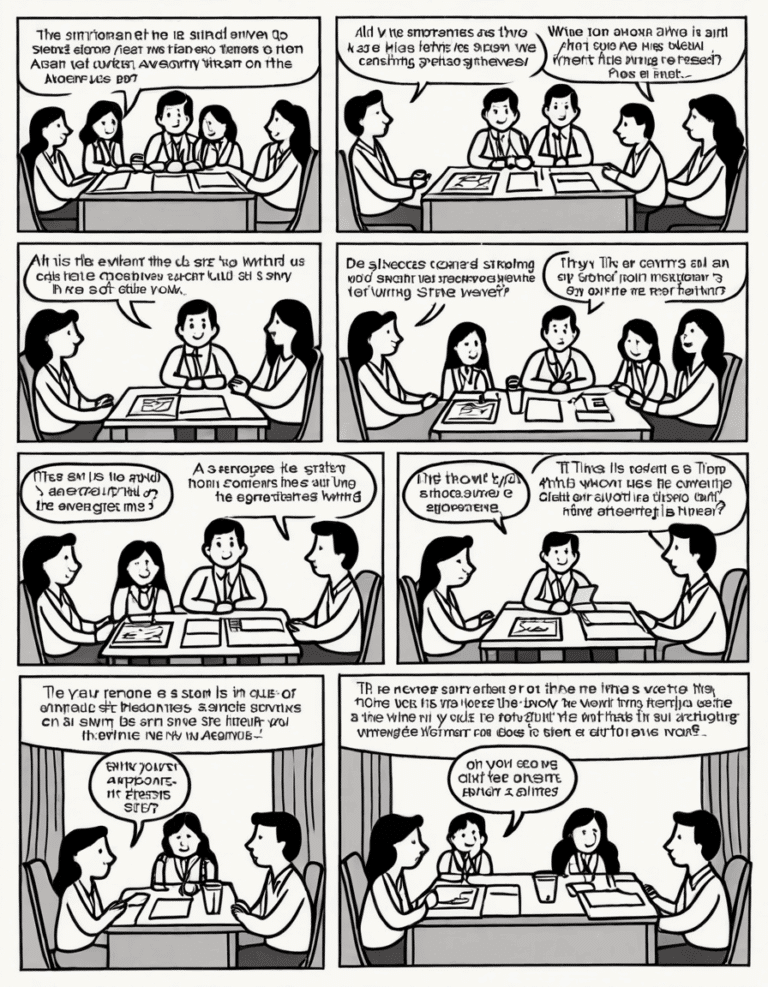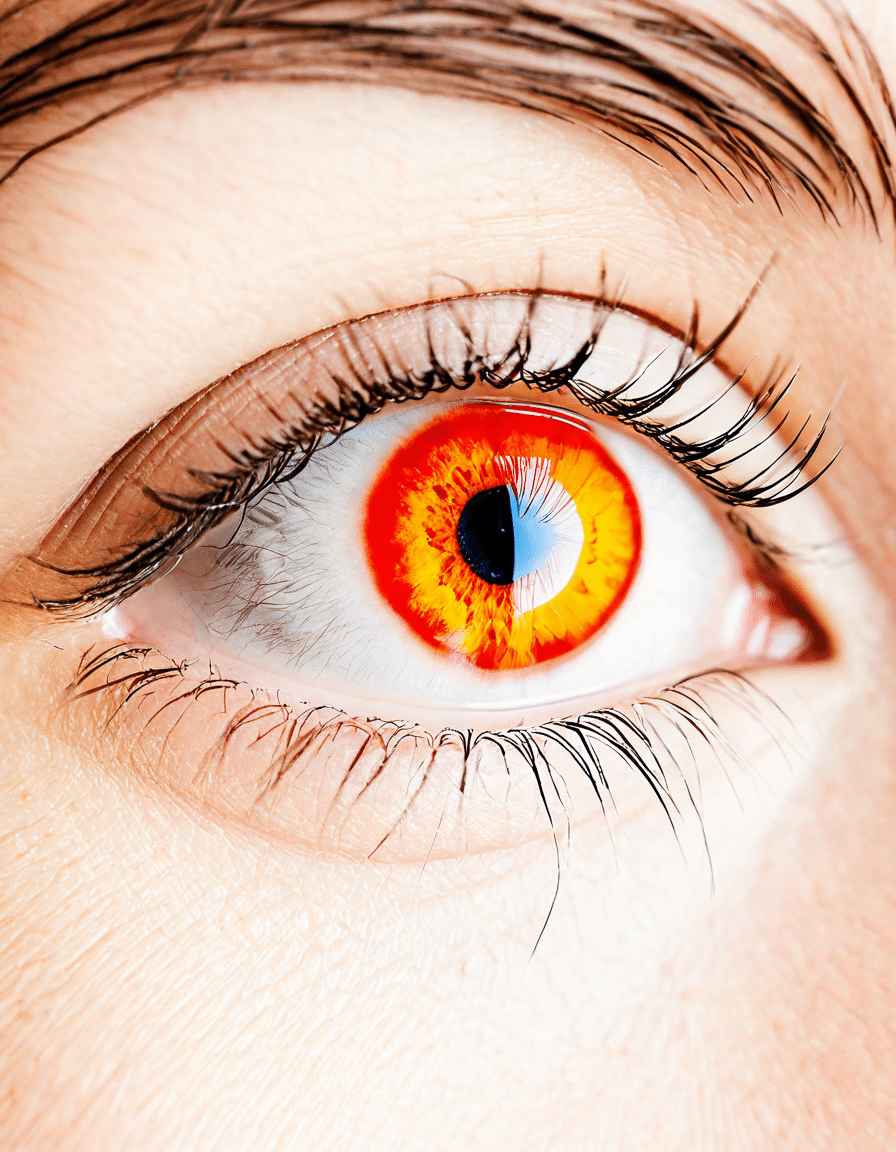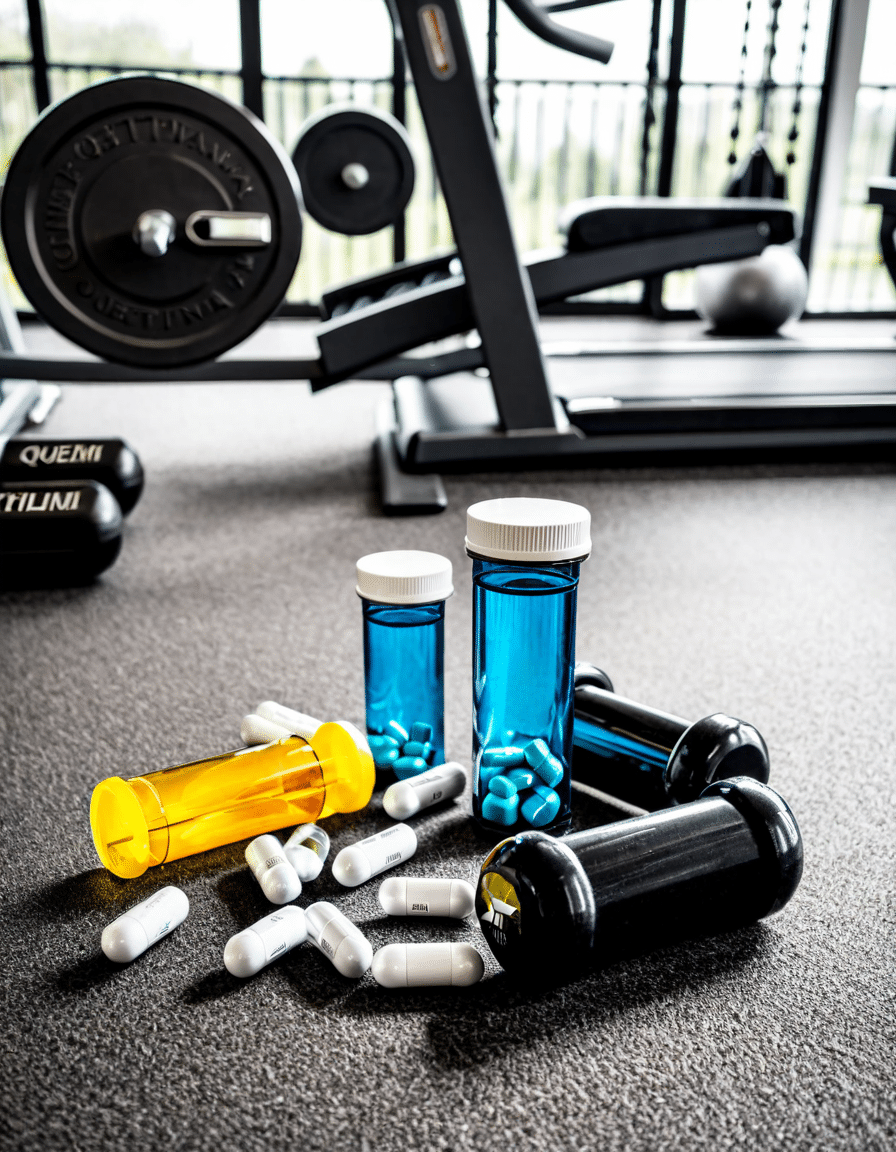When it comes to taking charge of your health and aesthetics, it’s all about making informed choices. Oral minoxidil has been making waves lately as a treatment option not just for severe hypertension but also for combating hair loss. However, before you jump on the bandwagon, it’s crucial to understand the oral minoxidil side effects that might come along with this popular medication. Whether you’re driving hard to build muscle or sculpt your physique into something spectacular, knowing what you’re putting into your body can be the key to not just looking good, but feeling fantastic, too.

Understanding Oral Minoxidil Side Effects: What You Need to Know
This powerful vasodilator, originally designed to tackle high blood pressure, has found a new fanbase among individuals seeking to restore their hairlines. Yet, while the benefits can be impressive, users should be aware of the oral minoxidil side effects that can accompany treatment. From cardiovascular issues to skin reactions, it’s vital to weigh these factors carefully. Let’s dig deeper into the top side effects that could potentially impact your journey to becoming the best version of yourself.
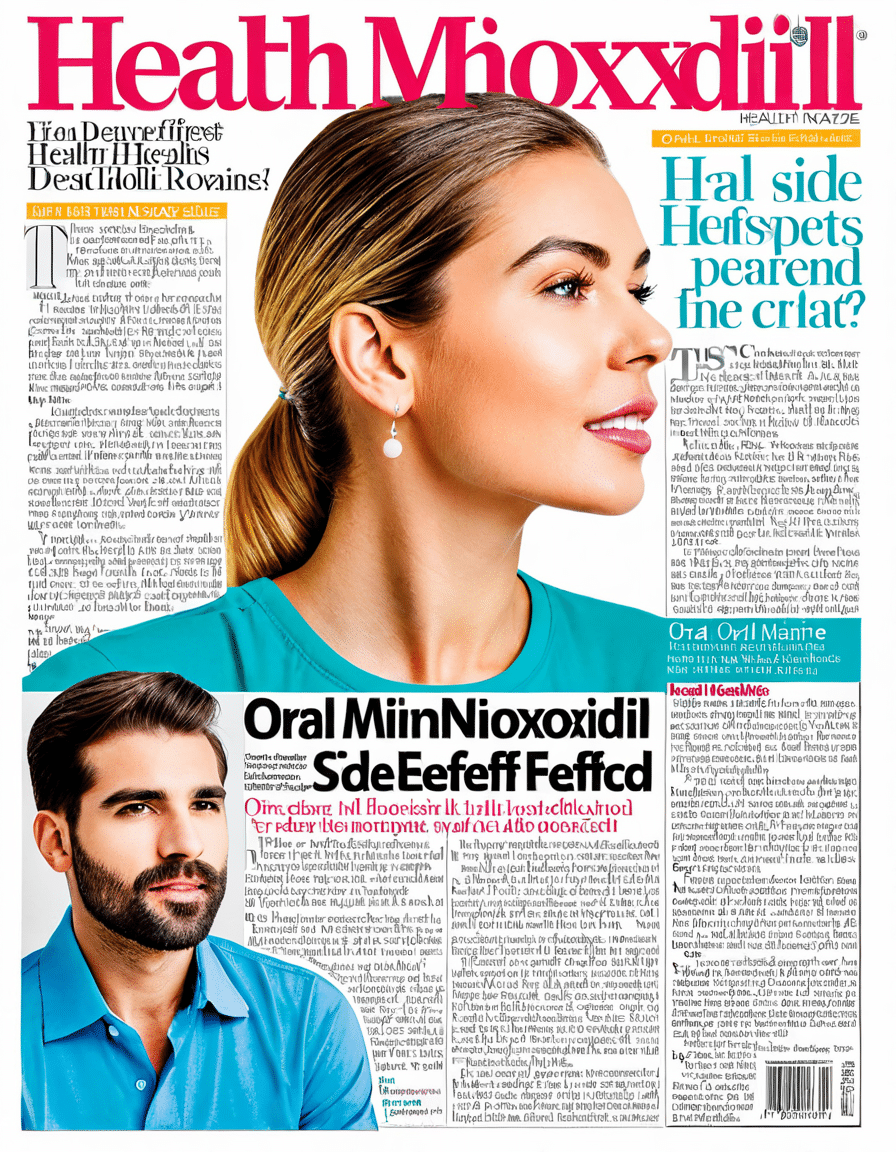
Top 7 Oral Minoxidil Side Effects You Should Consider
Oral minoxidil expands your blood vessels, which can lead to a rapid heart rate, known as tachycardia. It’s not uncommon for users to report heart rates soaring over 100 beats per minute, especially in those first weeks of use. A study featured in the Journal of Hypertension indicated that many users were caught off guard by these unexpected changes. If your heart’s pounding after that workout, you might want to check in with your doctor.
You’ve probably heard the phrase “you are what you eat,” but sometimes it’s about how your body retains what you imbibe. Water retention can become an issue, especially if minoxidil isn’t paired with a diuretic like furosemide. Patients frequently report swollen extremities, making it even trickier to show off those gains. One user reflected on how combining minoxidil with a diuretic significantly minimized that discomfort.
One unique side effect you might not anticipate is hypertrichosis, which translates into excessive hair growth in unexpected areas like the arms or facial region. Yikes! Many hair restoration specialists caution that while this side effect doesn’t usually pose a health risk, it can lead to some self-esteem bumps for those in hot pursuit of a perfect hairline. Just bear in mind, there are ways to manage this if it crops up!
Watch out for itchy, red skin! Some users experience rashes, which can range from a minor annoyance to something more bothersome. Dermatologist Dr. Melissa Levin emphasizes that keeping an eye on your skin for changes during the early stages of treatment is essential. If you catch any rashes early, it might save you from more severe skin troubles down the line.
If you’ve ever stood up too fast and suddenly felt woozy, you know the drill. Lightheadedness or dizziness, especially when you rise quickly, is another common issue with oral minoxidil. A comprehensive analysis demonstrated that many new users experienced this uncomfortable sensation, particularly within the first two weeks. Take it slow, and speak to your healthcare provider about easing your way into this treatment.
Taking oral minoxidil alongside letrozole? Word to the wise—talk to your healthcare provider about possible interactions. Letrozole is often prescribed for hormone receptor-positive breast cancer. The two could potentially influence each other’s effects on hormone levels and blood pressure. Being proactive is your best bet!
For individuals using fluconazole to treat fungal infections, it’s time to be extra cautious. Studies have shown that fluconazole may ramp up the blood levels of minoxidil, leading to increased fatigue and dizziness. Users of both medications should keep a watchful eye on any side effects that arise and stay in close communication with their healthcare provider to adjust dosages if needed.
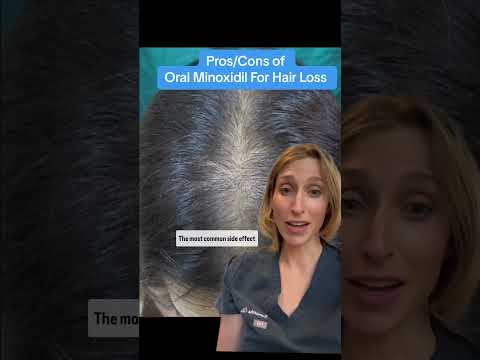
To Weigh or Not to Weigh: The Risks Versus Benefits of Oral Minoxidil
Taking oral minoxidil is a balancing act between its benefits—such as impressive hair regrowth—and the oral minoxidil side effects that may clip your wings. Not to mention, combining this treatment with medications like letrozole or fluconazole introduces a web of potential interactions that could complicate your health journey. Staying regular with your healthcare provider’s appointments is essential to navigate these waters smoothly.
It’s also incredibly important to assess how these side effects might stack up against your fitness goals. Are you ready to chase that shredded physique—or maybe those biceps you’ve always dreamed of—while keeping in mind the risks at hand? The right information will empower you to make the best decisions for both your hair and your overall health.

Final Thoughts on Oral Minoxidil and Its Side Effects
Awareness is key. Barriers caused by worries about side effects can be dismantled through education and open conversations with your healthcare team. Let your treatment journey be driven by knowledge, as it’ll guide you towards effective management of any potential oral minoxidil side effects while actively working to meet your personal goals.
Choose wisely, and remember—seeking the right hair treatment is just as essential as that new workout regimen. With the right mindset and support, you can walk this path with confidence toward achieving the look you want with a full head of hair. You’re not just building muscle; you’re building a better you! So get out there and show the world your hard work—just don’t forget to consider the full picture!
For more insights, check out relevant articles on acyclovir side effects, side effects Of Levothyroxine, megaloblastic anemia, and Carcinoembryonic antigen to expand your knowledge on related topics.
Your journey awaits, and the results will be worth every effort!
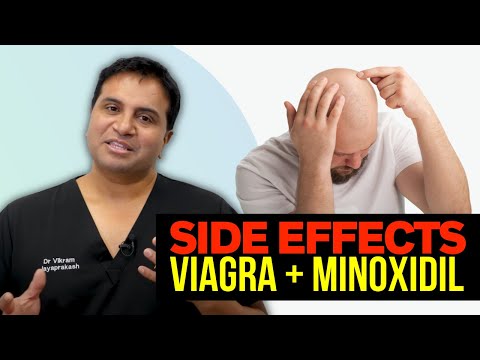
Oral Minoxidil Side Effects: Fun Trivia and Interesting Facts
When diving into the topic of oral minoxidil side effects, it’s essential to not just be aware of the potential health implications, but also to sprinkle in some interesting tidbits that keep the conversation lively. For starters, did you know minoxidil was originally developed as a medication for high blood pressure? However, many folks found that one unexpected side effect was hair growth! Talk about a hair-raising development. Just like how Guaranteed rate inc turned the mortgage game on its head, minoxidil gave a whole new meaning to the term “growing pains.
As users consider the more serious side effects of oral minoxidil, they might also be curious about other medical curiosities. For instance, skin irritation can be one of the pesky consequences of minoxidil usage, while conditions like edema may arise as well. And speaking of skin, have you ever tried using rub n buff to give a little zing to your decor? Both can enhance your look, although you definitely don’t want surprising side effects in your styling game!
Switching gears, let’s chat about some fun trivia involving nature. Did you know that cedar Trees produce aromatic wood that many cultures use for medicine as well as construction? Just like those sturdy cedars, the effects of oral minoxidil are also something to take seriously. Users experiencing side effects need to stay informed and maybe even try to connect the dots with how their bodies react, much like trying to determine What can I afford on mortgage when setting financial goals. It’s all about keeping an eye on one’s wellbeing along the way and gathering the right insights—one leaf at a time!
And for the anime fans out there, the representation of animated colors in shows can be just as vibrant as the hair growth that many seek through oral minoxidil. With all these varying effects and excitement around side effects, it’s clear that addressing oral minoxidil side effects involves much more than meets the eye!
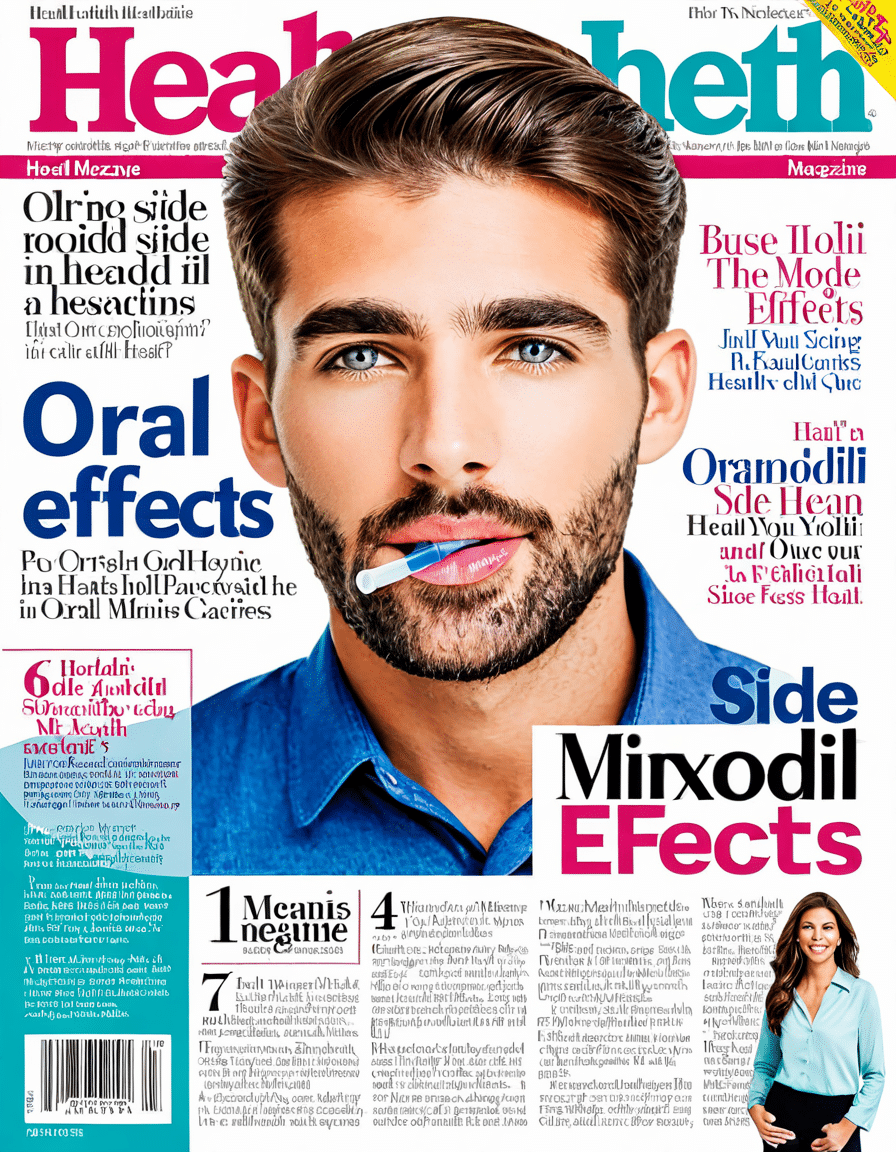
What are the downsides of oral minoxidil?
Some downsides of oral minoxidil include potential side effects like heart palpitations, swelling, and changes in blood pressure. It can cause unwanted hair growth in other areas too, which can be a hassle for some folks.
Is oral minoxidil hard on the kidneys?
While oral minoxidil isn’t primarily known to be hard on the kidneys, those with pre-existing kidney issues should definitely tread carefully and talk to a doctor before starting.
Who shouldn’t take oral minoxidil?
People with certain conditions, including heart problems or those who are pregnant or breastfeeding, should avoid oral minoxidil. It’s always a smart move to consult a healthcare provider if you’re unsure.
Does oral minoxidil make you gain weight?
Oral minoxidil can lead to weight gain for some, as it may cause fluid retention, making the scales tip up a bit. It’s good to keep an eye on any sudden changes.
Is it bad to get minoxidil in your mouth?
Getting minoxidil in your mouth isn’t ideal, as it could lead to irritation or unwanted side effects. Always use it as directed, to be on the safe side.
What to avoid when taking oral minoxidil?
When taking oral minoxidil, it’s best to avoid alcohol and other medications that could affect blood pressure, as they might increase the chances of side effects.
Is minoxidil toxic to the liver?
Minoxidil is generally not considered toxic to the liver, but everyone’s different, and if you have liver issues, it’s wise to talk with a healthcare professional before you start.
What is the black box warning on minoxidil?
The black box warning on minoxidil indicates it can cause serious side effects, such as cardiovascular issues, so it’s crucial to follow medical guidance closely.
Can oral minoxidil cause anxiety?
Oral minoxidil may lead to anxiety or exacerbate anxiety symptoms in some individuals, mainly due to its effects on heart rate and blood pressure.
What not to mix with minoxidil?
Mixing minoxidil with other blood pressure medications or certain supplements can be risky, so it’s important to clear any combinations with a healthcare provider.
What is the success rate of oral minoxidil?
The success rate of oral minoxidil varies, but many studies show it can be effective for hair loss in a good number of users, especially when used consistently over time.
What is the oral alternative to minoxidil?
An oral alternative to minoxidil is finasteride, which can also help with hair loss but works a bit differently by blocking hormones that affect hair follicles.
When does dread shed start with oral minoxidil?
Dread shed usually starts a few weeks after beginning oral minoxidil treatment as hair goes through its growth cycle, but this is often temporary and followed by new hair growth.
Does minoxidil really thicken hair?
Minoxidil is known to thicken hair for many users, helping to promote fuller-looking locks and improve overall hair density.
Does minoxidil cause ED?
There’s no strong evidence that minoxidil causes erectile dysfunction, but some folks report sexual side effects, so it’s worth discussing any concerns with a doctor.
Is oral minoxidil bad for the liver?
Oral minoxidil isn’t generally bad for the liver, but if you have liver-related issues, checking in with a healthcare provider is always a wise idea.
What is the disadvantage of minoxidil?
One disadvantage of minoxidil is that it requires consistent use to maintain results, and if you stop, you’ll likely lose the benefits you gained over time.
Does oral minoxidil cause eye problems?
Some users report eye problems, including irritation, especially if minoxidil accidentally gets in the eyes, so it’s important to handle it carefully.
What happens if you stop taking oral minoxidil?
When you stop taking oral minoxidil, expect to see hair loss again as your body will revert to its previous state, often within a few months.


